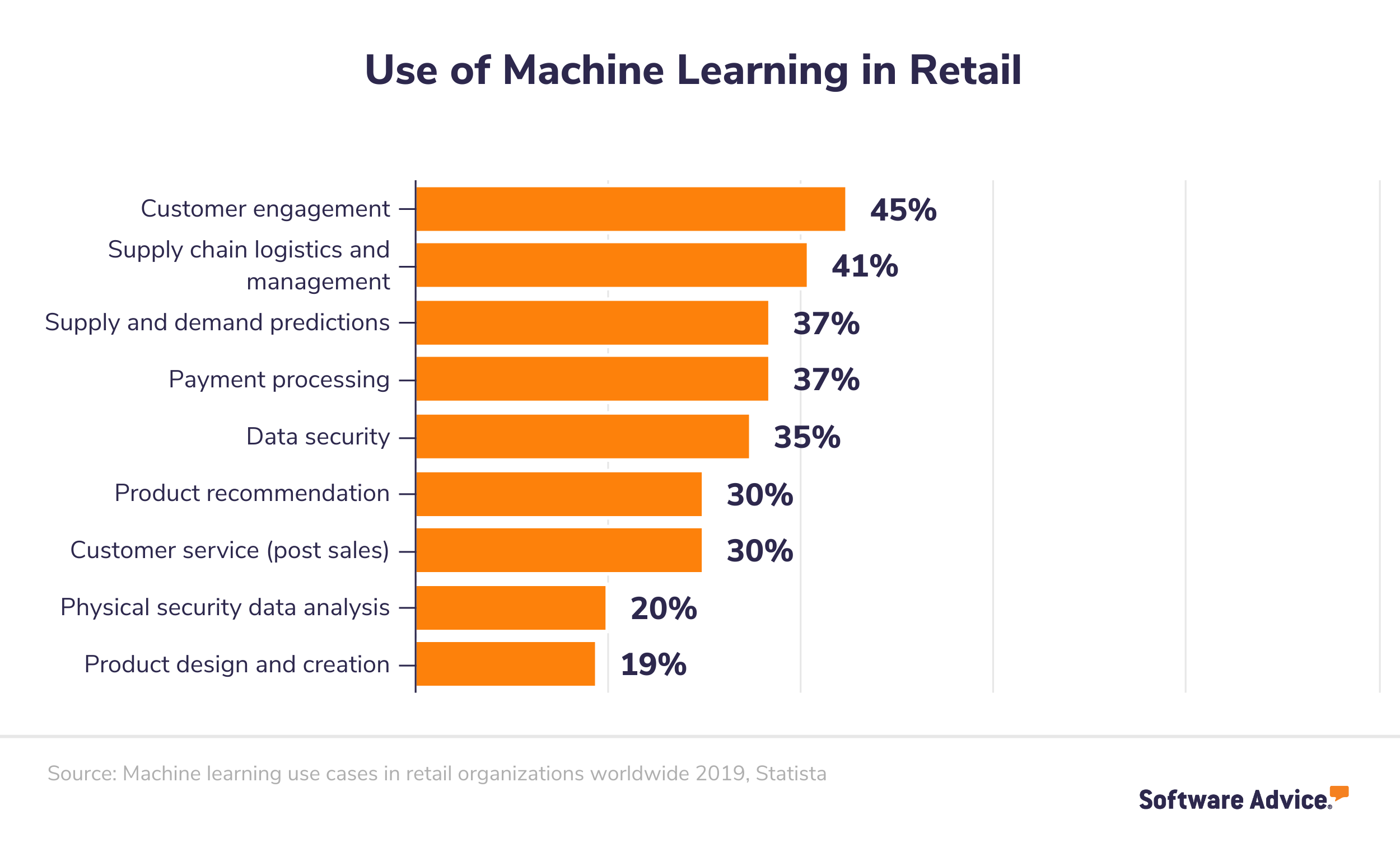
Yann LeCun, a French computer scientist, is highly skilled. He works in the areas of machine learning, computer vision, and computational neuroscience. He is the current Silver Professor at the Courant Institute for Mathematical Science at New York University, and Vice President and Chief Artificial Intelligence Scientist of Meta. He is also the Founder and Chief AI Scientist of Meta.
VP and Chief AI Scientist at Facebook
Yann Lun, Facebook's Chief AI Scientist and Vice President, is a highly-skilled machine learning scientist. Before joining Facebook in 2013, Yann LeCun was a Bell Labs researcher. Now, he works with the Applied Machine Learning team, which integrates AI into Facebook products. LeCun is a strong advocate for openness within the AI community, and publishes his work regularly. He is also an active member of the National Academy of Engineering.
Facebook's AI research laboratory has experienced a rapid growth over the past few decades. The lab now employs more than 100 people and has six locations. The company announced yesterday it will double the number researchers at its Paris lab. The company also announced yesterday that it will quadruple its Paris Ph.D. students.
Silver professor at New York University
Yann LeCun (French computer scientist) is an avid reader of machine learning, mobile robotics and computational neuroscience. He is the Silver Professor at New York University’s Courant Institute of Mathematical Sciences as well as the Vice President, Chief AI Scientist at Meta.

LeCun has received the ACM Turing Award as a result of his engineering and concept breakthroughs. He is also a member of the National Academy of Engineering. A speaker booking agency can help you hire Yann LeeCun for your event.
Author of over 180 technical documents
Yann LeCun is a French computer scientist who works in the fields of machine learning, computer vision, and computational neuroscience. He holds several academic appointments and is a silver professor at New York University's Courant Institute of Mathematical Sciences. His research interests are in computer vision and neural network design.
LeCun is a highly cited computer scientist, who has been working in artificial Intelligence for the past twenty years. He is one of the founders of convolutional neural network. He co-created both the DjVu image compression technology, and the Lush program language. Yann is an acknowledged expert in many areas and has published over 180 technical articles.
Founder of joint embedding predictive architecture (JEPA)
JEPA is an energy-based model of AI that learns high-level representations using JEPA. This approach replaces contrastive, using regularized techniques that extract high quality latent features and eliminate unnecessary information. JEPA can thus learn to draw inferences from a high-dimensional global model.
This method allows alignment of multiple datasets, without sacrificing individual specificity. It can be extended to other datasets. This workflow is illustrated in Fig. 1A.

Geoffrey Hinton's influence upon his work
Yann LéCun is a computer scientist who also serves as the Vice President of Facebook's AI research organization. He also teaches at New York University. His research interests include deep learning and convolutional networks. He earned his PhD from Pierre and Marie Curie University in France and worked as a postdoctoral research associate under Geoffrey Hinton. In this interview, LeCun discusses his foundational work on convolutional neural networks, and his advice to anyone getting into AI.
LeCun had a tremendous impact from Hinton. He mentored over thirty PhD students as well, many postdocs master's and undergraduate students. Many were leaders in their fields. Brendan Frey, Hinton's protégé, finished his PhD under him in 1997. He went on to become a leading advocate for deep-learning.
FAQ
Where did AI get its start?
Artificial intelligence was established in 1950 when Alan Turing proposed a test for intelligent computers. He stated that intelligent machines could trick people into believing they are talking to another person.
John McCarthy later took up the idea and wrote an essay titled "Can Machines Think?" in 1956. He described the problems facing AI researchers in this book and suggested possible solutions.
Who are the leaders in today's AI market?
Artificial Intelligence (AI) is an area of computer science that focuses on creating intelligent machines capable of performing tasks normally requiring human intelligence, such as speech recognition, translation, visual perception, natural language processing, reasoning, planning, learning, and decision-making.
There are many types today of artificial Intelligence technologies. They include neural networks, expert, machine learning, evolutionary computing. Fuzzy logic, fuzzy logic. Rule-based and case-based reasoning. Knowledge representation. Ontology engineering.
There has been much debate about whether or not AI can ever truly understand what humans are thinking. Deep learning technology has allowed for the creation of programs that can do specific tasks.
Google's DeepMind unit has become one of the most important developers of AI software. It was founded in 2010 by Demis Hassabis, previously the head of neuroscience at University College London. DeepMind was the first to create AlphaGo, which is a Go program that allows you to play against top professional players.
Are there any risks associated with AI?
Of course. They will always be. AI is seen as a threat to society. Others argue that AI is necessary and beneficial to improve the quality life.
AI's potential misuse is the biggest concern. AI could become dangerous if it becomes too powerful. This includes things like autonomous weapons and robot overlords.
Another risk is that AI could replace jobs. Many fear that robots could replace the workforce. Others believe that artificial intelligence may allow workers to concentrate on other aspects of the job.
For instance, some economists predict that automation could increase productivity and reduce unemployment.
Is Alexa an artificial intelligence?
Yes. But not quite yet.
Amazon created Alexa, a cloud based voice service. It allows users to interact with devices using their voice.
First, the Echo smart speaker released Alexa technology. Other companies have since used similar technologies to create their own versions.
These include Google Home, Apple Siri and Microsoft Cortana.
Statistics
- By using BrainBox AI, commercial buildings can reduce total energy costs by 25% and improves occupant comfort by 60%. (analyticsinsight.net)
- More than 70 percent of users claim they book trips on their phones, review travel tips, and research local landmarks and restaurants. (builtin.com)
- Additionally, keeping in mind the current crisis, the AI is designed in a manner where it reduces the carbon footprint by 20-40%. (analyticsinsight.net)
- In 2019, AI adoption among large companies increased by 47% compared to 2018, according to the latest Artificial IntelligenceIndex report. (marsner.com)
- A 2021 Pew Research survey revealed that 37 percent of respondents who are more concerned than excited about AI had concerns including job loss, privacy, and AI's potential to “surpass human skills.” (builtin.com)
External Links
How To
How to set up Amazon Echo Dot
Amazon Echo Dot connects to your Wi Fi network. This small device allows you voice command smart home devices like fans, lights, thermostats and thermostats. To start listening to music and news, you can simply say "Alexa". Ask questions, send messages, make calls, place calls, add events to your calendar, play games and read the news. You can also get driving directions, order food from restaurants or check traffic conditions. It works with any Bluetooth speaker or headphones (sold separately), so you can listen to music throughout your house without wires.
Your Alexa-enabled devices can be connected to your TV with a HDMI cable or wireless connector. For multiple TVs, you can purchase one wireless adapter for your Echo Dot. You can also pair multiple Echos at once, so they work together even if they aren't physically near each other.
Follow these steps to set up your Echo Dot
-
Turn off the Echo Dot
-
Connect your Echo Dot to your Wi-Fi router using its built-in Ethernet port. Make sure the power switch is turned off.
-
Open the Alexa app on your phone or tablet.
-
Select Echo Dot from the list of devices.
-
Select Add a new device.
-
Choose Echo Dot, from the dropdown menu.
-
Follow the on-screen instructions.
-
When prompted, enter the name you want to give to your Echo Dot.
-
Tap Allow access.
-
Wait until Echo Dot has connected successfully to your Wi Fi.
-
You can do this for all Echo Dots.
-
Enjoy hands-free convenience!